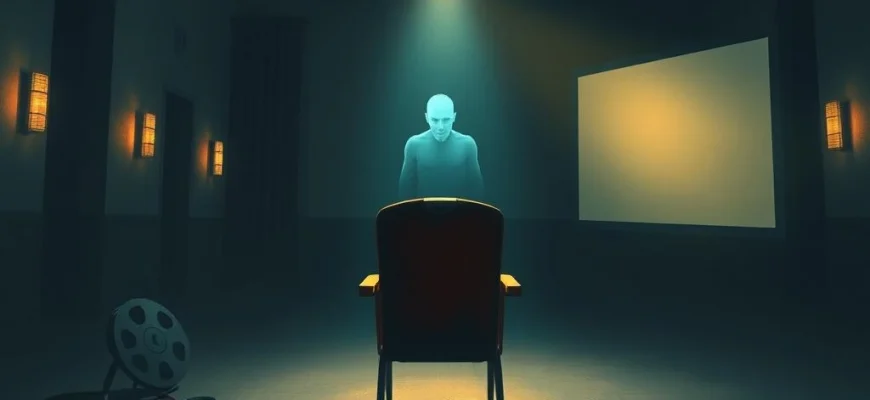If you loved the eerie atmosphere and gripping suspense of 'Night Is Not Eternal (2024),' you're in for a treat. This article explores 10 similar movies and shows that capture the same haunting vibes, psychological depth, and thrilling narratives. Whether you're a fan of dark mysteries or supernatural twists, these recommendations will keep you on the edge of your seat.
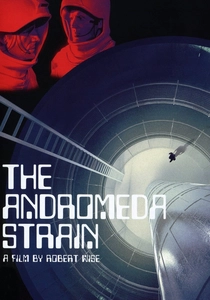
The Andromeda Strain (1971)
Description: A scientific thriller about a deadly extraterrestrial microorganism, emphasizing procedural detail and tension. The clinical, methodical approach adds to the suspense.
Fact: The film was one of the first to use multi-screen displays. The lab sets were designed with input from real scientists to appear authentic.
 Watch Now
Watch Now 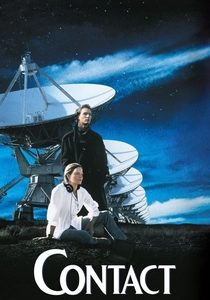
Contact (1997)
Description: A thoughtful exploration of first contact with extraterrestrial life, blending science and spirituality. The narrative is driven by curiosity and the unknown.
Fact: The film's radio telescope scenes were shot at the Very Large Array in New Mexico. Carl Sagan, the author of the original novel, was heavily involved in the production.
 Watch Now
Watch Now 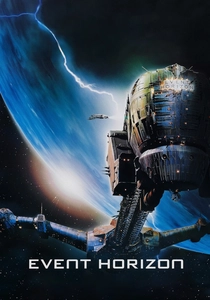
Event Horizon (1997)
Description: A fusion of science fiction and horror, set in a spaceship with a dark secret. The atmosphere is claustrophobic and nightmarish, with themes of madness and the unknown.
Fact: The original cut was much longer and more graphic, but it was heavily edited before release. The ship's design was inspired by gothic architecture.
 Watch Now
Watch Now 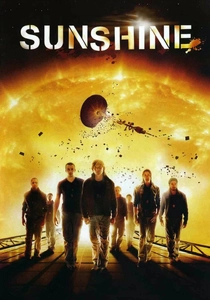
Sunshine (2007)
Description: A blend of hard science fiction and horror, focusing on a mission to save humanity. The visual style is striking, with intense lighting and a sense of impending doom.
Fact: The crew consulted physicists to ensure the sun's depiction was accurate. The soundtrack features a haunting score by Underworld.
 Watch Now
Watch Now 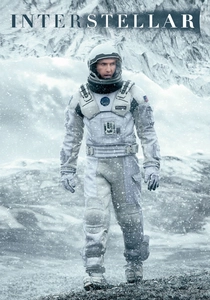
Interstellar (2014)
Description: Combines hard science fiction with emotional depth, focusing on humanity's survival and the mysteries of space-time. The visuals are grand yet intimate, with a strong emphasis on realism.
Fact: Kip Thorne, a Nobel Prize-winning physicist, served as a scientific consultant. The black hole visuals were based on actual equations, leading to new scientific discoveries.
 Watch Now
Watch Now 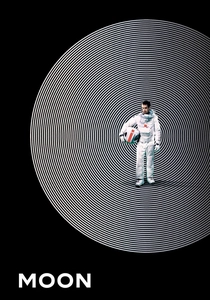
Moon (2009)
Description: A psychological drama set in space, exploring themes of identity and isolation. The minimalist setting and subdued tone create a deeply introspective atmosphere.
Fact: The film was shot in just 33 days. The lunar base set was built from scratch and designed to rotate for different camera angles.
 Watch Now
Watch Now 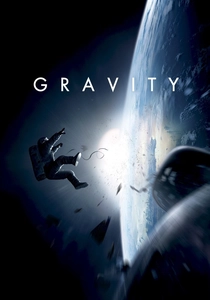
Gravity (2013)
Description: A tense, visually stunning portrayal of survival in space, focusing on the fragility of human life. The long takes and immersive cinematography create a visceral experience.
Fact: The film's opening shot is over 12 minutes long. Most of the movie was shot using innovative lightbox technology to simulate zero gravity.
 Watch Now
Watch Now 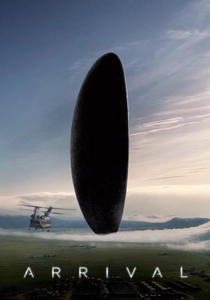
Arrival (2016)
Description: Delves into the complexities of communication and time, presenting a cerebral narrative that challenges perception. The cinematography is atmospheric, emphasizing mood over action.
Fact: The alien language was designed by a linguist to be scientifically plausible. The film's non-linear storytelling was inspired by the short story it's based on.
 Watch Now
Watch Now 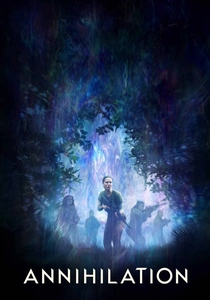
Annihilation (2018)
Description: Explores themes of existential dread and transformation through a mysterious, otherworldly phenomenon. The visual style is surreal and haunting, blending science fiction with psychological horror.
Fact: The film's soundtrack was created using unconventional instruments, including a guitar played with a cello bow. The shimmer effect was achieved through practical effects rather than CGI.
 Watch Now
Watch Now 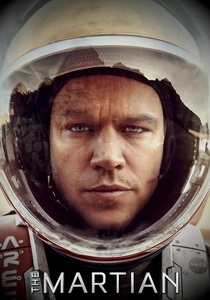
The Martian (2015)
Description: A story of isolation and ingenuity, set against the harsh backdrop of space. The tone balances tension with humor, and the scientific accuracy grounds the narrative.
Fact: NASA consulted on the film to ensure accuracy. The potato plants grown on set were real and required careful maintenance.
 Watch Now
Watch Now 
